-
Blanche, NS to Lower Wedgeport, NS
We woke up to a beautiful morning with amazing light and a boat with a fisherman that wasn’t fishing. Curious as we are, we looked closely and saw that he was “cleaning” the bay of seaweed. He worked for at least two and a half hours and had his boat packed with seaweed and pumped excess water out of his boat before heading into the distance.
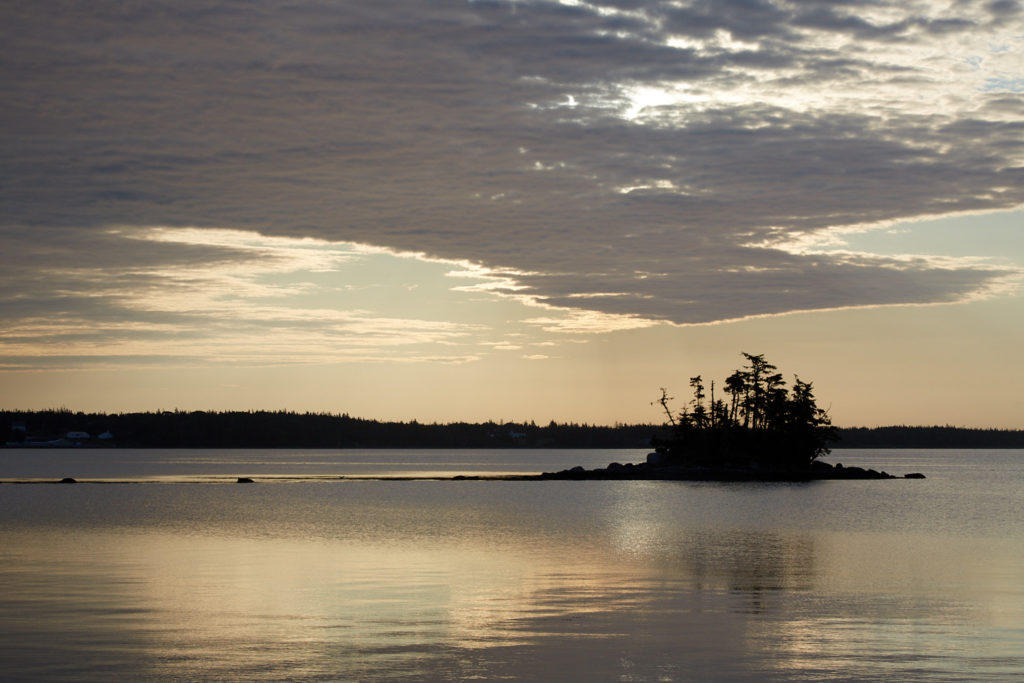
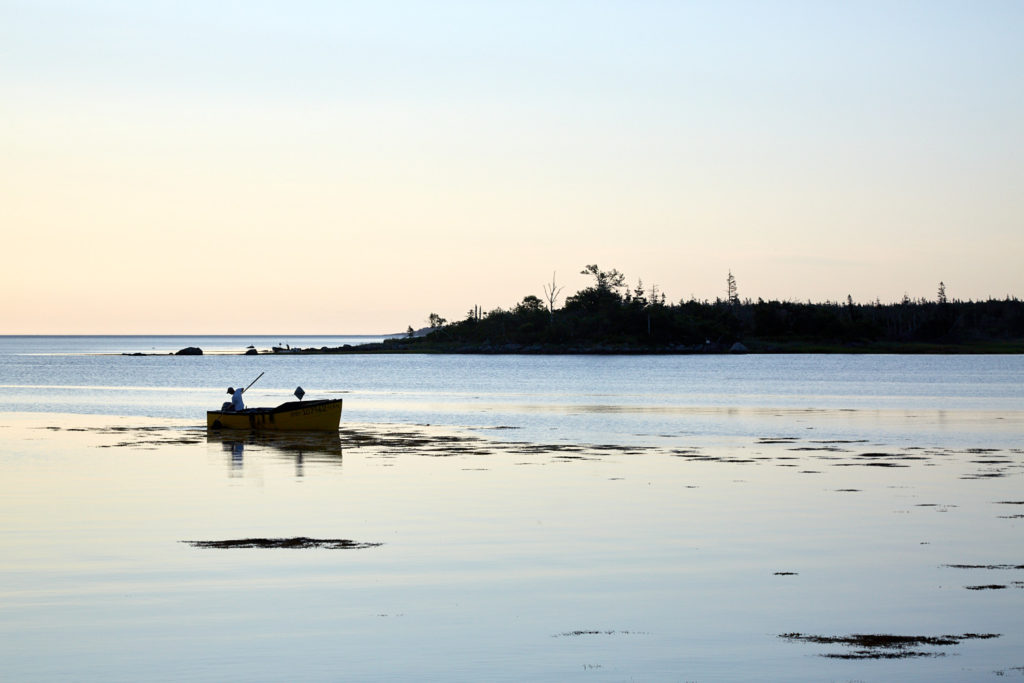
Of course we had to stop at the next harbour with red fishing boats, but they became the sideshow when we saw boats and fisherman unloading seaweed by crane into containers. Now we were curious and asked one of the fisherman what the seaweed is used for. He explained that the seaweed or Irish moss is processed to extract a substance called carrageenan which is used in all sorts of foods (like ice cream), cosmetics, and lubricants.
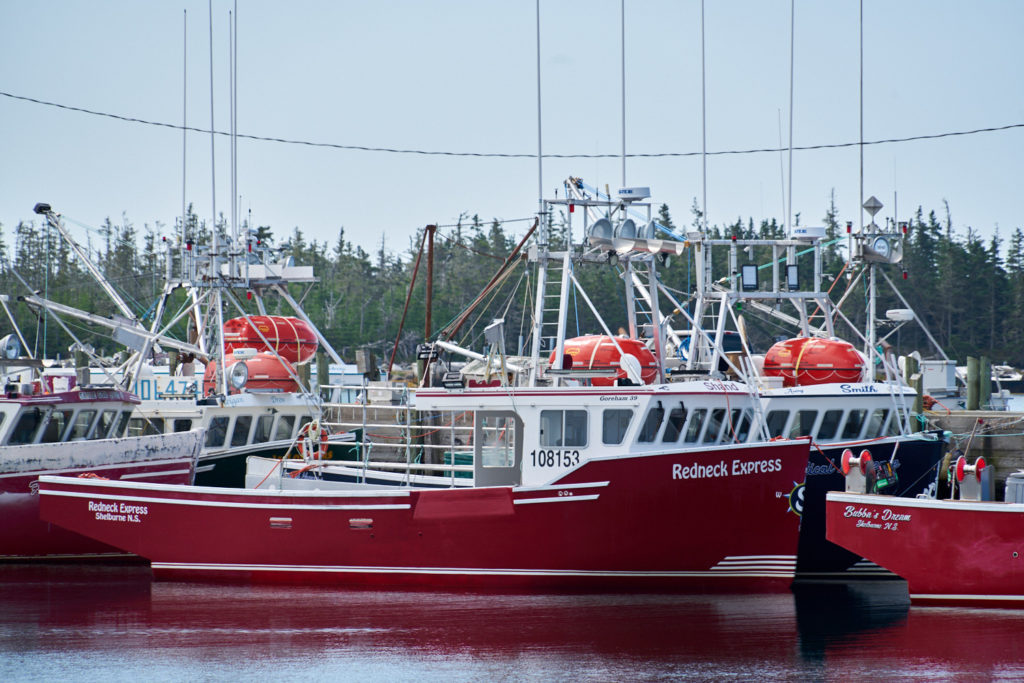
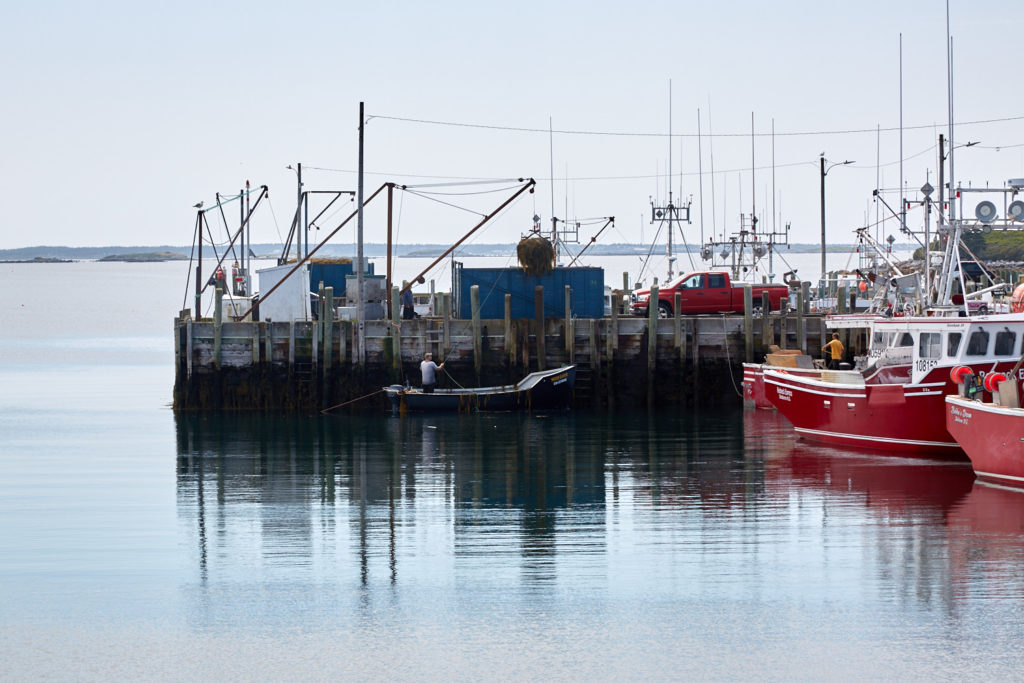
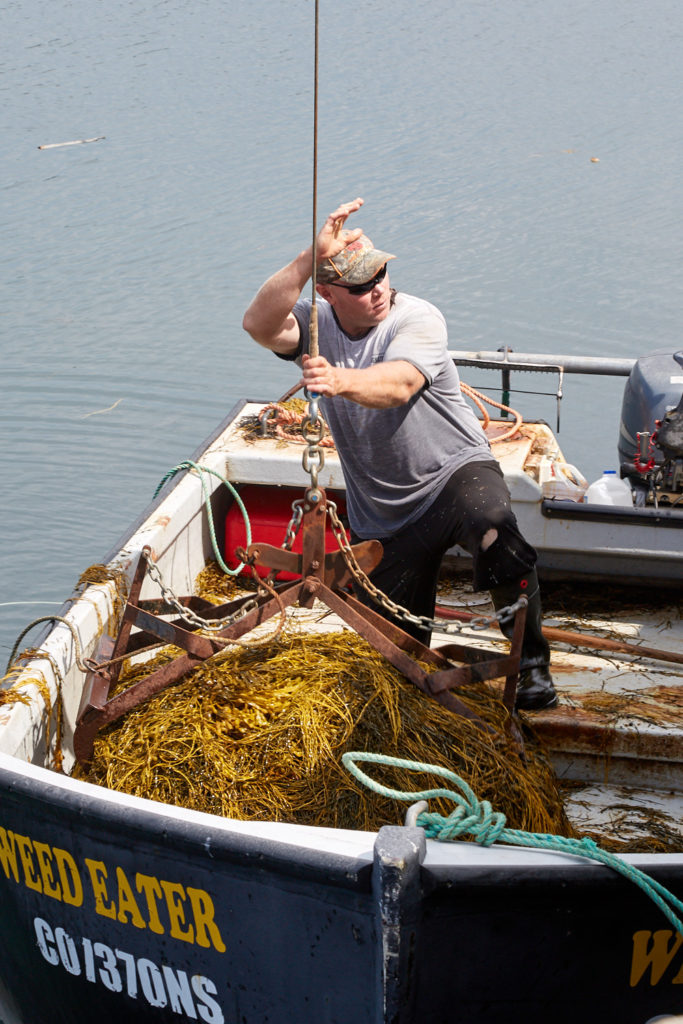
One of the travel brochures mentioned a Living Wharves program where visitors can discover the tools and skills used by real fishermen who are available to answer questions. On Monday this program takes place at the Dennis Point Wharf. Dennis Point Wharf is one of the largest commercial fishing ports in Canada and we were amazed by the number of ships and were eager to find out more.
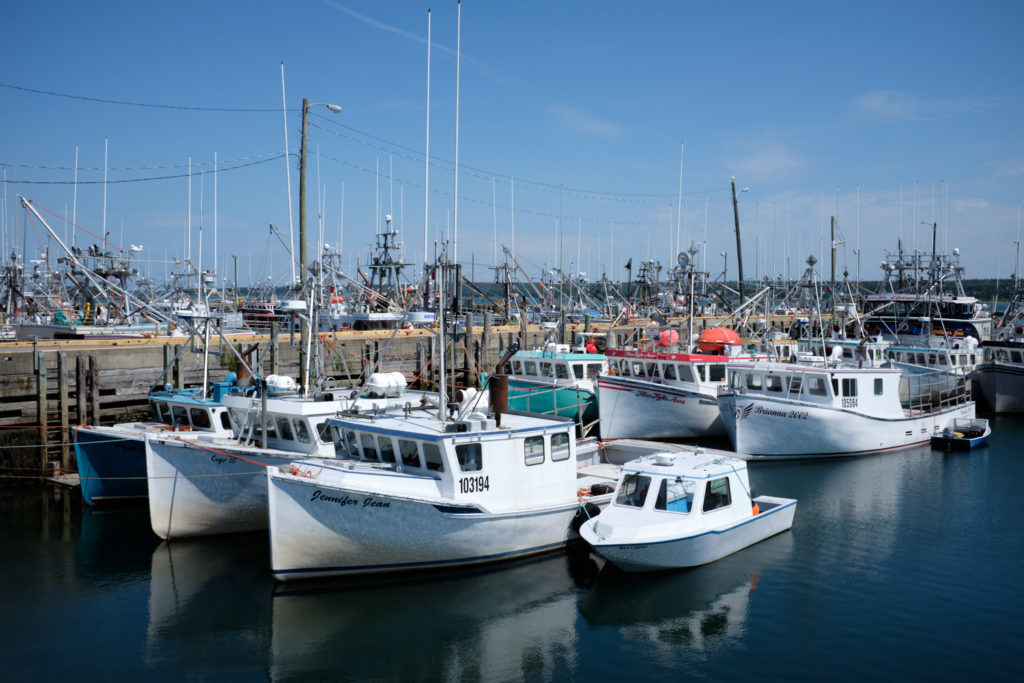
The program didn’t start until 1:30PM, so we had lunch at the Dennis Point Cafe across the street. Ruth had a cup of seafood chowder and her first lobster roll. She was in seafood heaven!
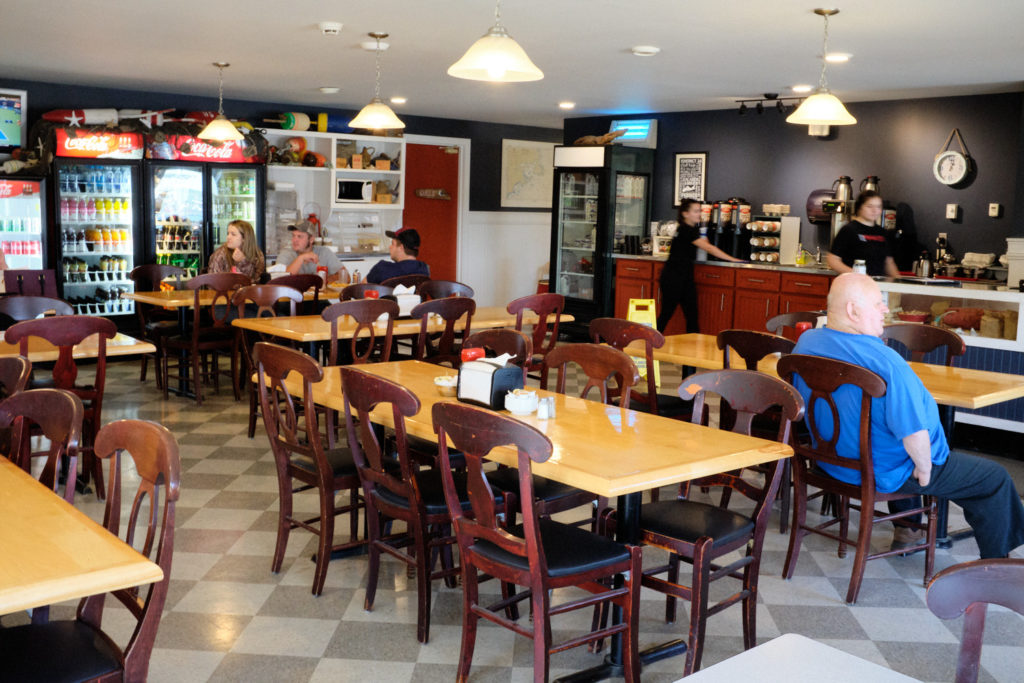
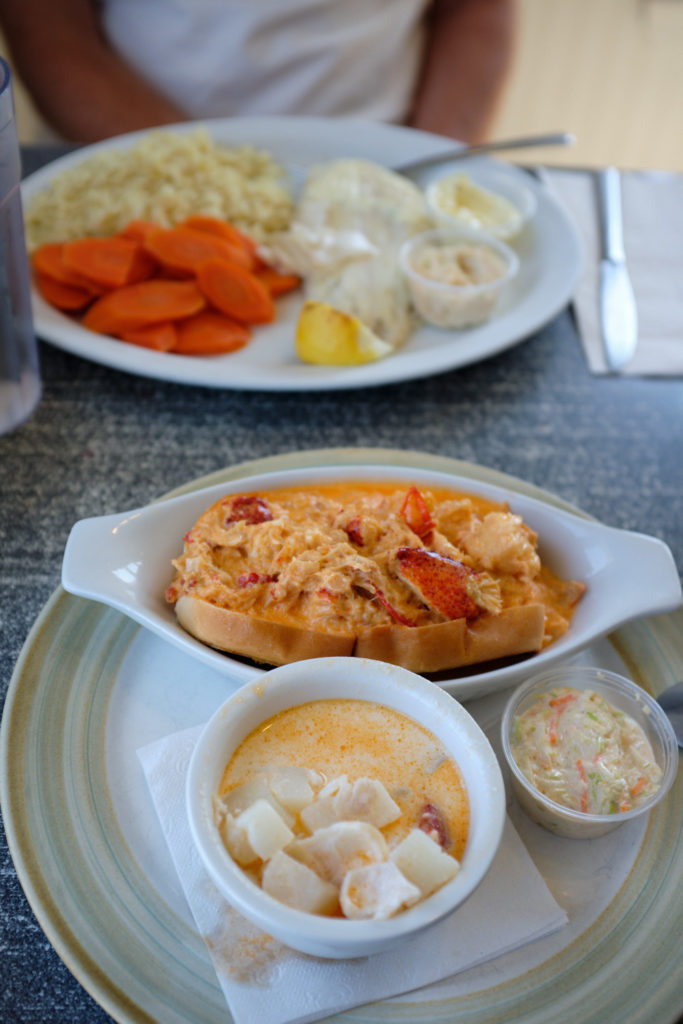
The fisherman didn’t come for the information session, but two young people did a good job filling in and explaining the different lobster fishing regions and seasons in the Maritimes.
Further down the Pubnico peninsula there is a wind farm and hiking trails. We heard the woop-woop of the wind mills and were mesmerized by the huge moving shadows cast by the blades. We went for a short hike along the beach were we saw rocks with shimmering colours.

The Yarmouth – Maine ferry isn’t running this season which is affecting some of the tourism businesses in the area because of reduction in US visitors. We stopped at the YesterYear’s Bed and Breakfast which advertised a photography gallery and spoke to the owner who was from France.
The Yarmouth and Acadian Shores area is home to North America’s first “Starlight Destination” and Martin was eager to do a star trails photograph. We chose the Lower Wedgeport area which is one of the suggested star gazing spots and the brochure advertised that loaner telescopes were available at the nearby Tuna Museum. We visited the Tuna Museum to enquire and Cody, the museum guide, and his supervisor were very surprised and said they knew nothing of that program. The museum was well worth visiting and Cody was very knowledgeable about the whole fishing industry and willing to share his knowledge. One of the tuna fishing chairs on display was worth $4000.
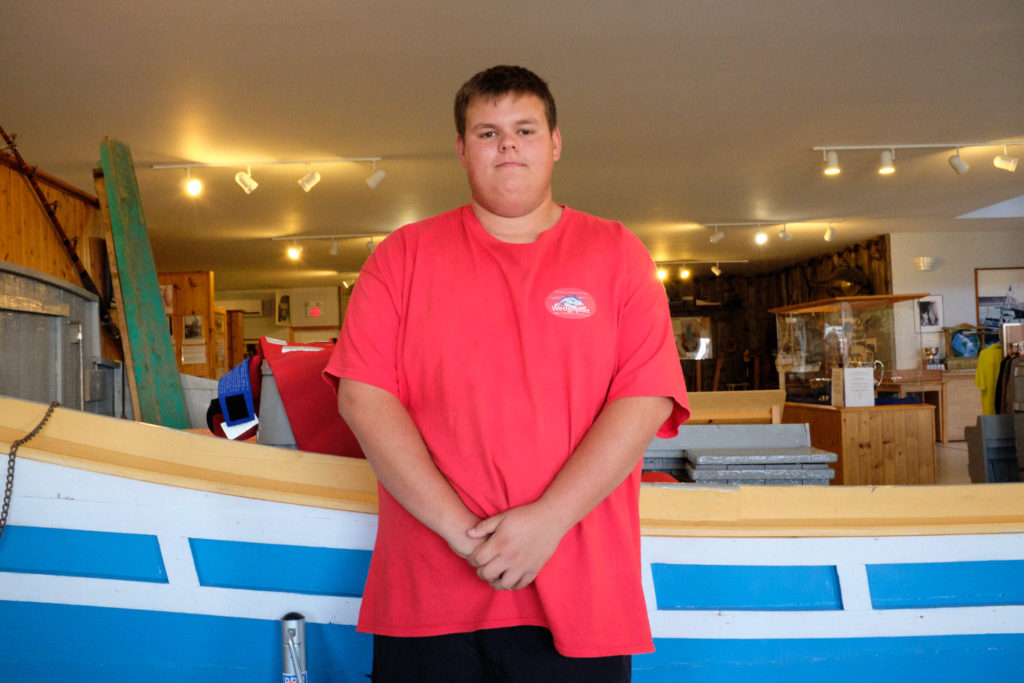
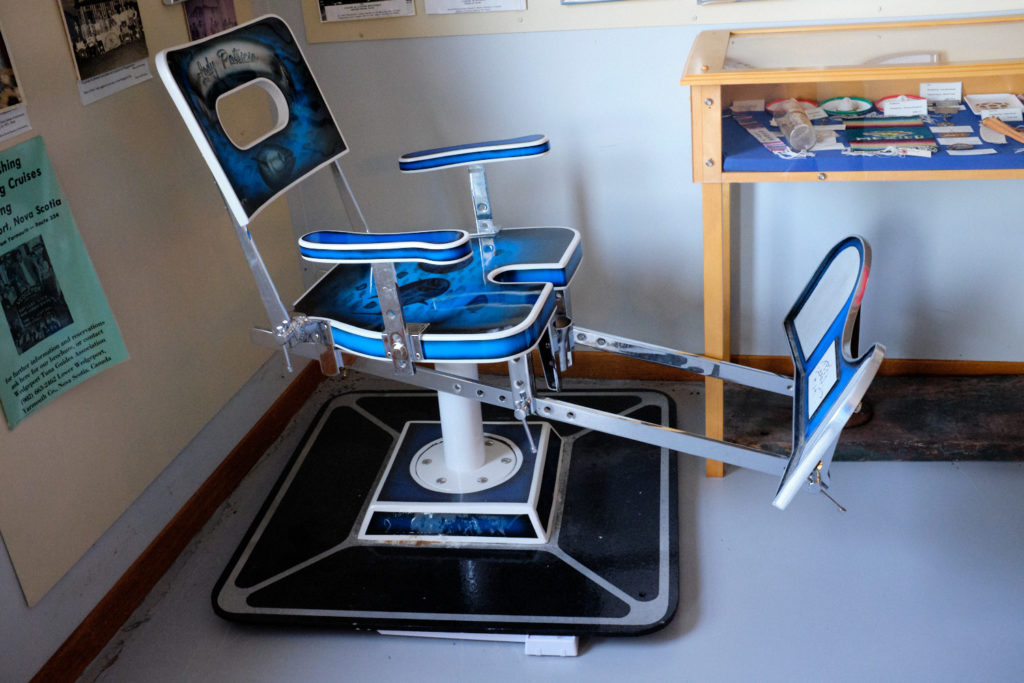
We drove the short distance to the end of the peninsula where a newly constructed star gazing area was set up with tables and benches. A great parking spot for the van was also there. We hiked along the shore for close to an hour and found some sea glass.
Back at the van Martin waited for dark and took a 2 hour exposure from 10:20pm to 12:20am. It was cold and windy night, but what had to be done, had to be done.
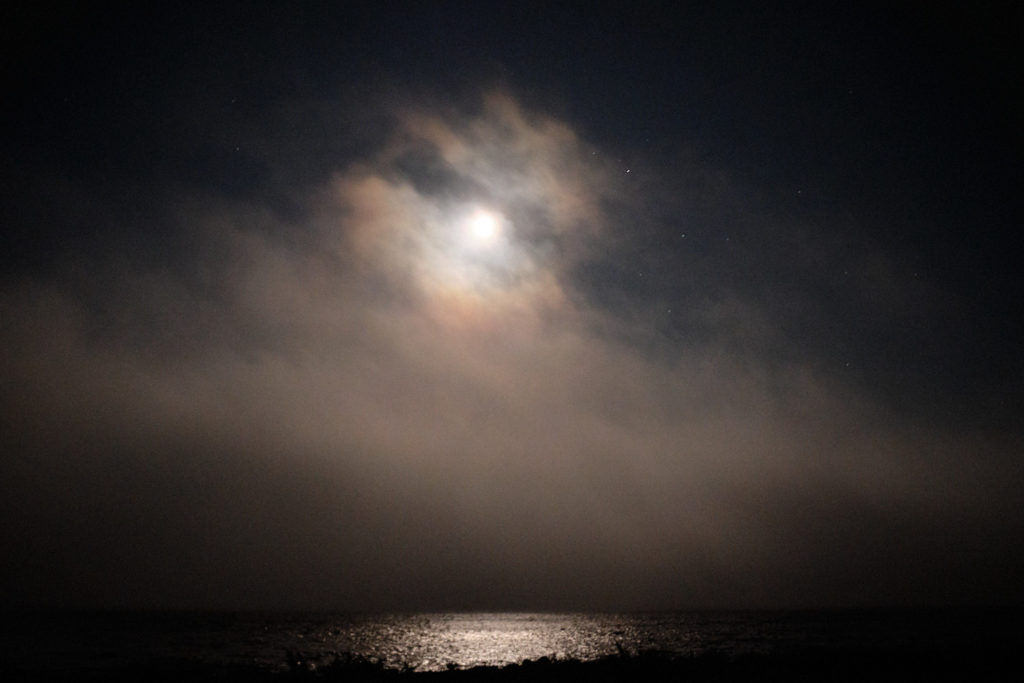
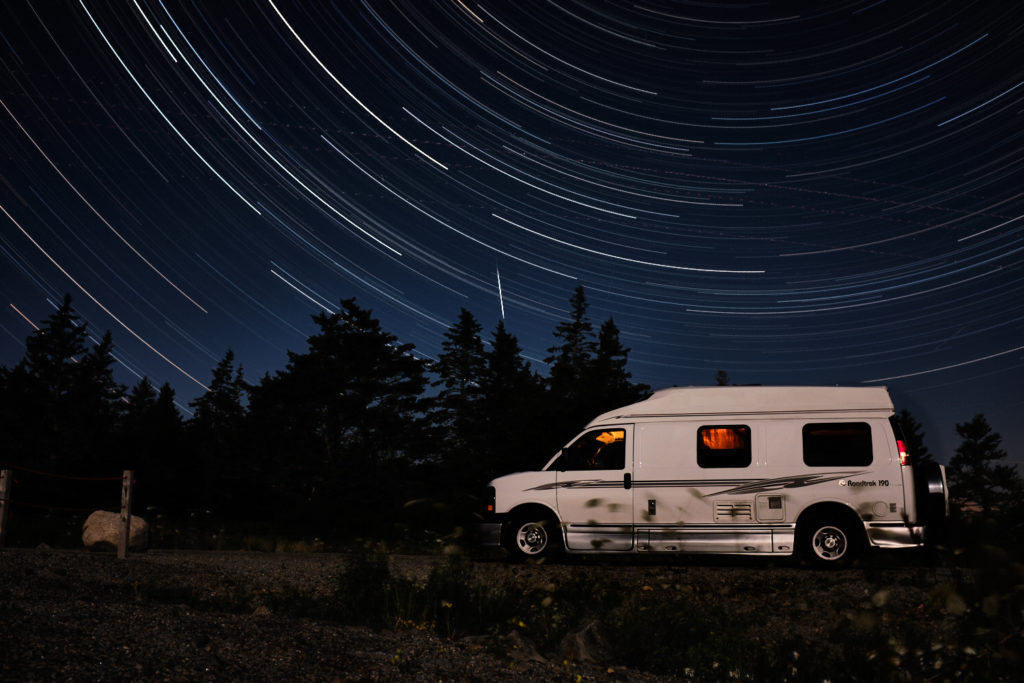
-
Lower Wedgeport, NS to Hillgrove, NS
After a late night, we deserved to sleep in and then started the morning with an apple pancake breakfast.
The weather was a bit iffy and we were looking forward to exploring Yarmouth and Digby, taking highway 3 and 1 to explore the coastline. We walked through the heritage district of Yarmouth but it was anticlimactic as it started to rain. The downtown business district seems to be suffering with the CAT ferry to Bar Harbour not running this year. We saw it docked in port.
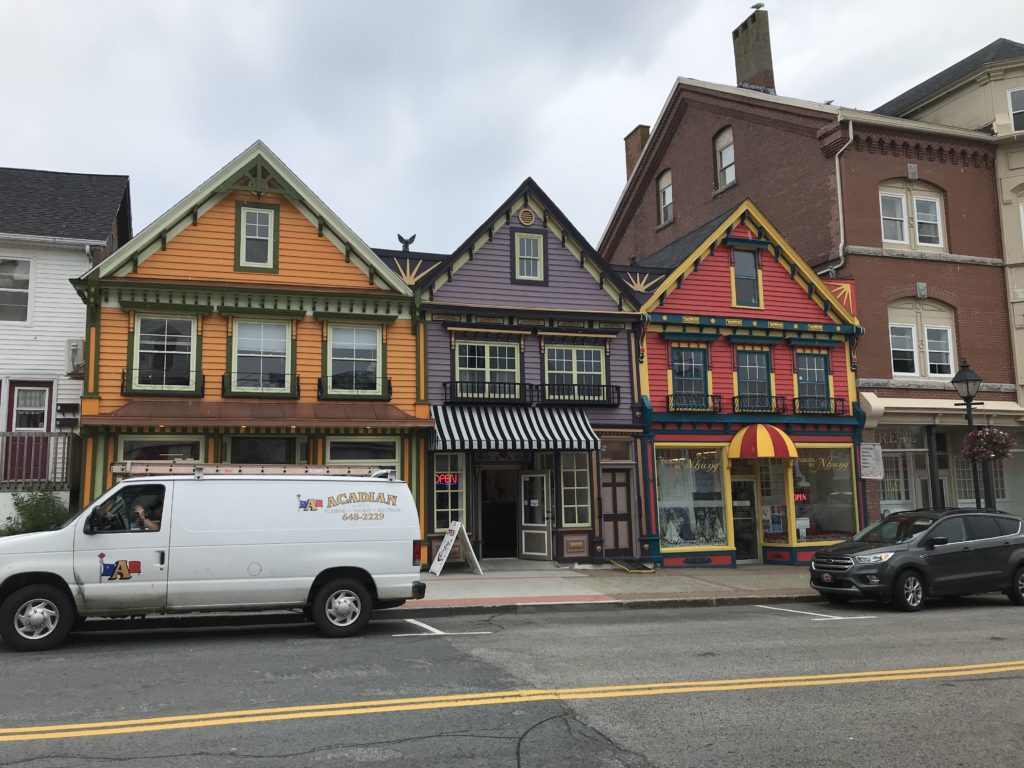
We left Yarmouth and saw the strong presence of Acadians in this area – flags, restaurants, museums, churches and other historical points of interest.
At Port Maitland, we stopped for another Living Wharves program and this time a real retired fisherman and his wife were present to inform and teach us the ropes of fishing. As in, literally, how to splice ropes together. All four of us huddled under the small tent as it started raining heavily. We spent about an hour with Gary and Rrene and heard many tall tales of fishing boats loaded to the maximum with herring that was sold to the Russians.
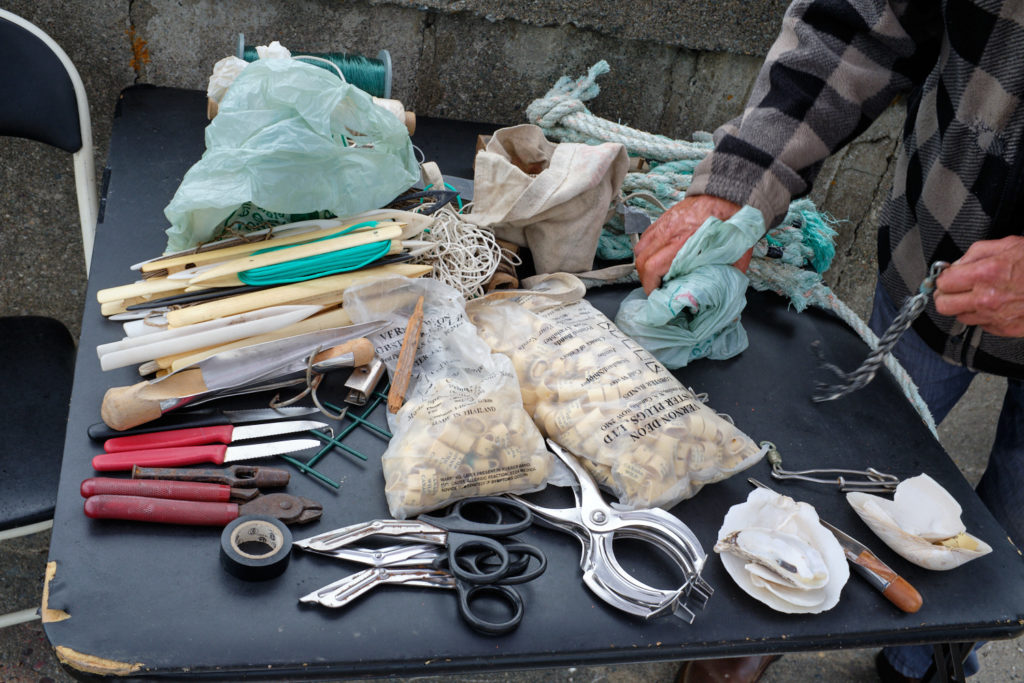
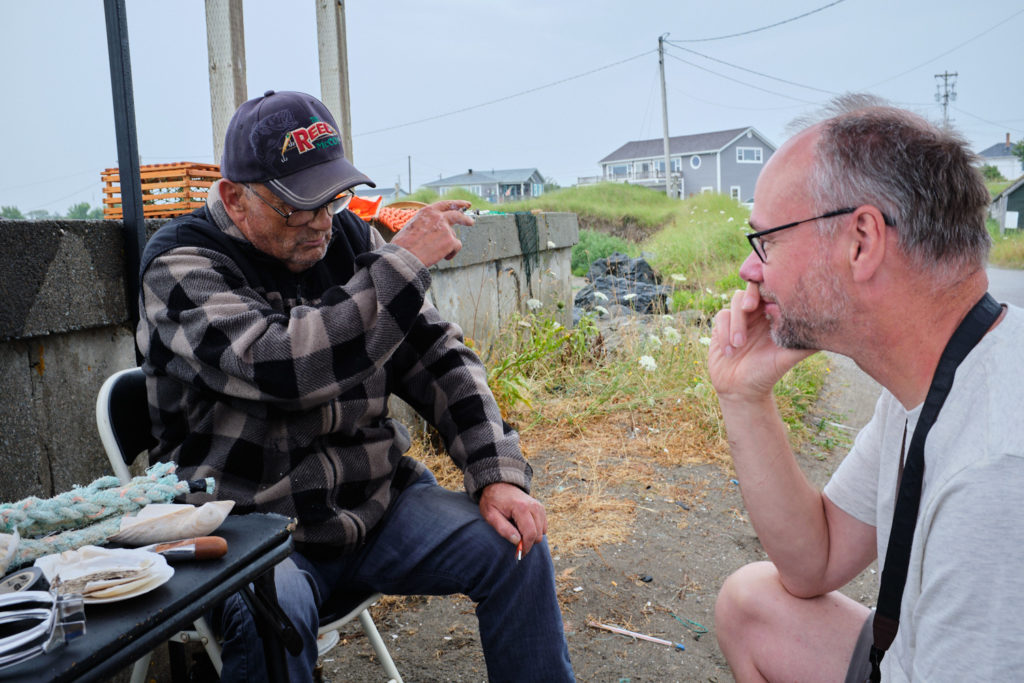
A beautiful sandy beach right next to the wharf went unused by us because it was wet and only 18 degrees. We spent some time at the beach park and Martin BBQ’d pork burgers between the rain showers.
A short distance further on highway 1 we saw a number of boats sitting on the ground waiting for high tide to lift them back into the water.
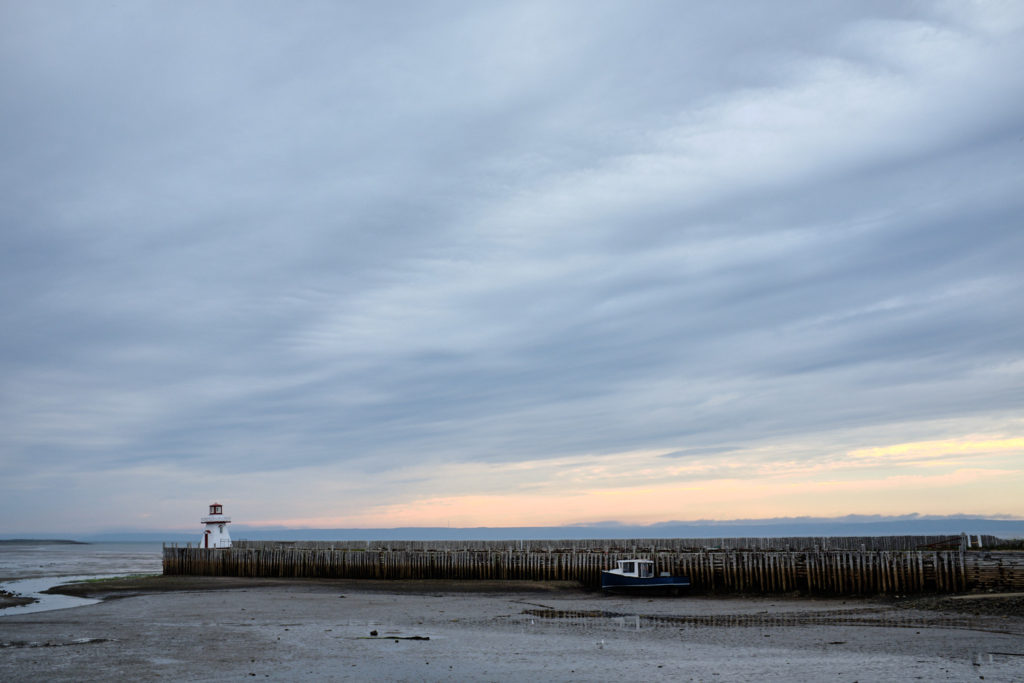
Digby was to be our destination but we stopped just south of there at the Ridge Valley campground in Hillsgrove.
-
Hillgrove, NS to Annapolis Royale, NS
After a nice sunny breakfast outside at our campground we left for Digby. The information centre gave us lots of suggestions on what to do in the area and where the most beautiful beaches are, but we only went for a walk through the town and read about scallops and the Loyalists who came after the American Revolution. Among the Loyalists were black people who did not get treated as well as the white people and ended up with land that was of low quality. Many left to go to Sierra Leone.
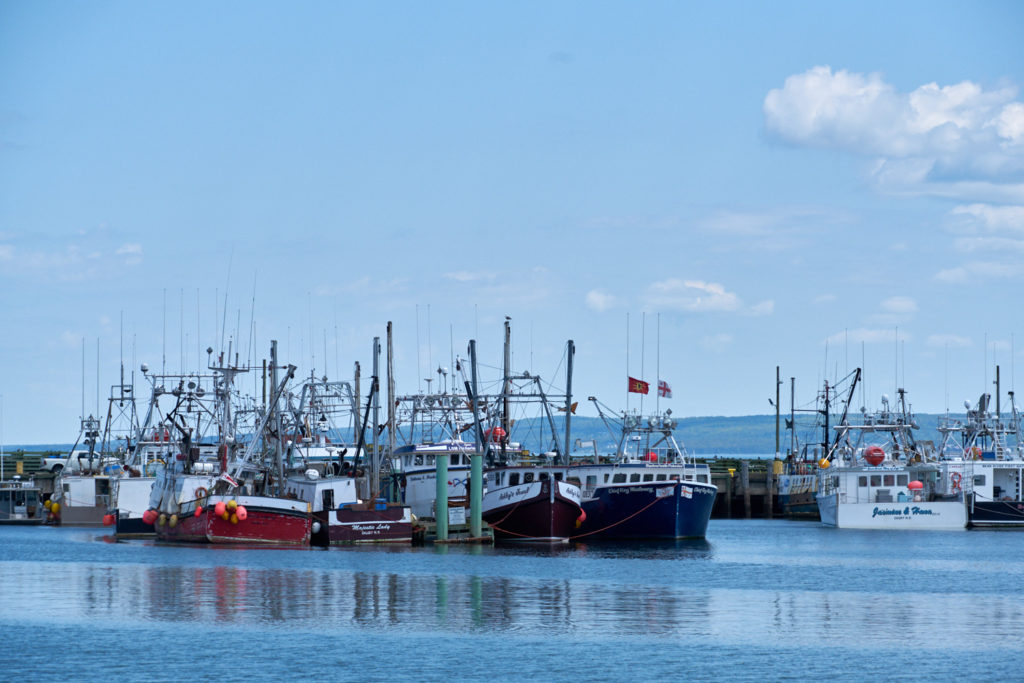
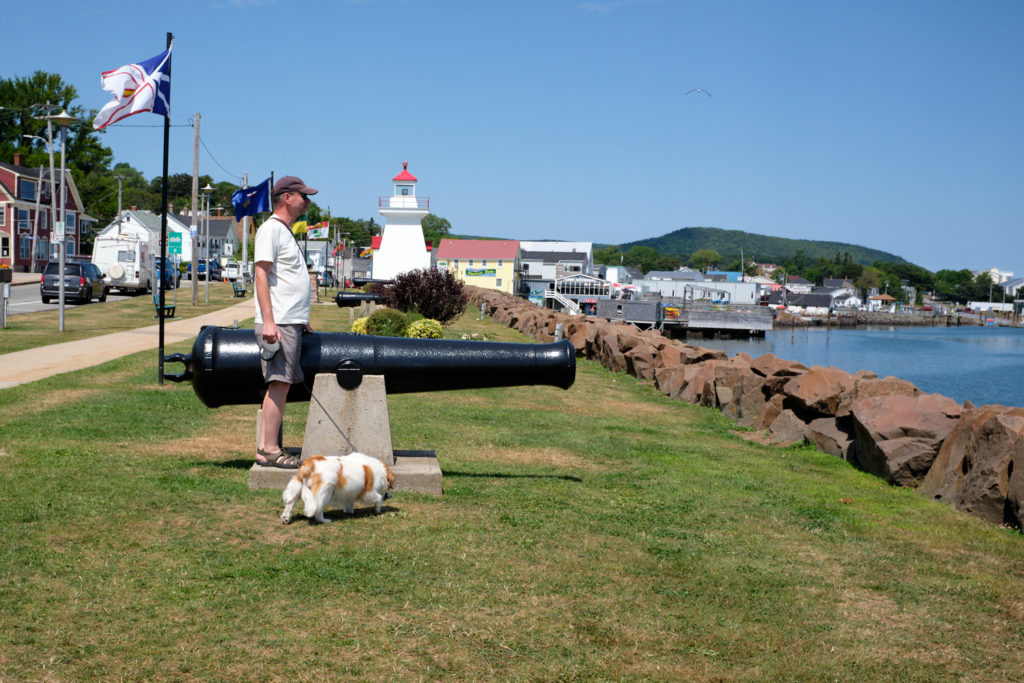
Scallop fishing is a very successful industry in Digby and the method for raking the sea floor to collect the scallops into a pouch was invented here.
As we were returning to our van, the local Y95.5 radio station was handing out coupons for a 6” Subway sandwich, pop and a bag of chips. We did not say no and left with a big smile.
We continued on highway 1 and arrived in Annapolis Royale where we parked directly in front of a Germany bakery and cafe. Curious we went inside, looked at the menu and needed to try the schnitzel served with potato salad and a large German Erdinger and Austrian Stiegel beer. The waitress and daughter of the owner spoke fluent German and told us that they had immigrated from Germany in the early 2000s. On the walls where the Gesellen-und-Meisterbriefe from former East Germany. The food was excellent and we took and extra portion of potato salad with us for an upcoming lunch.
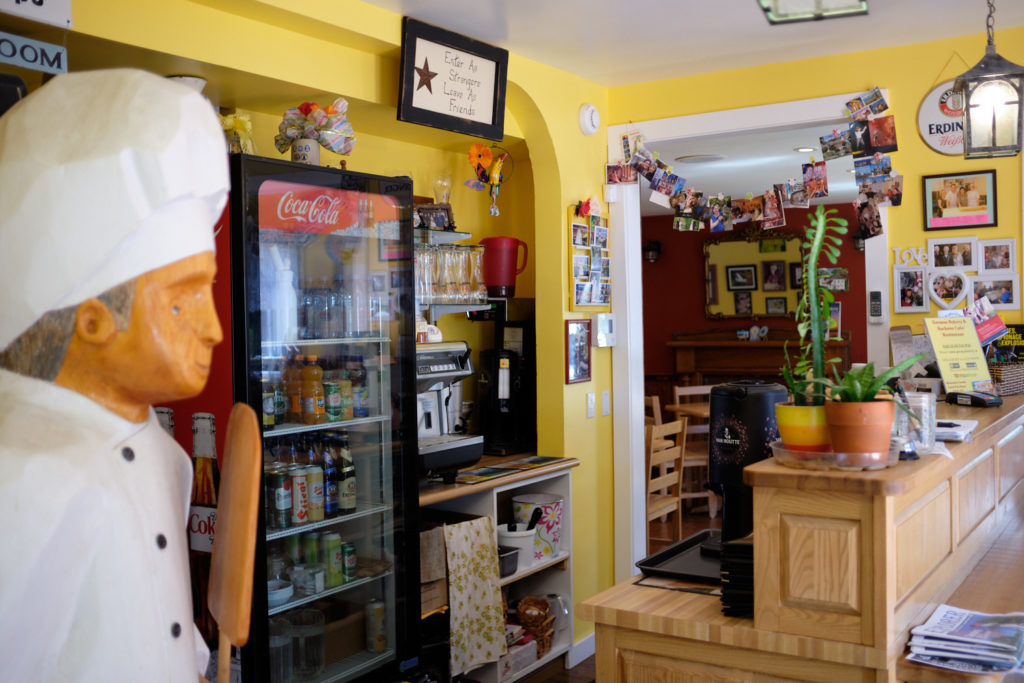
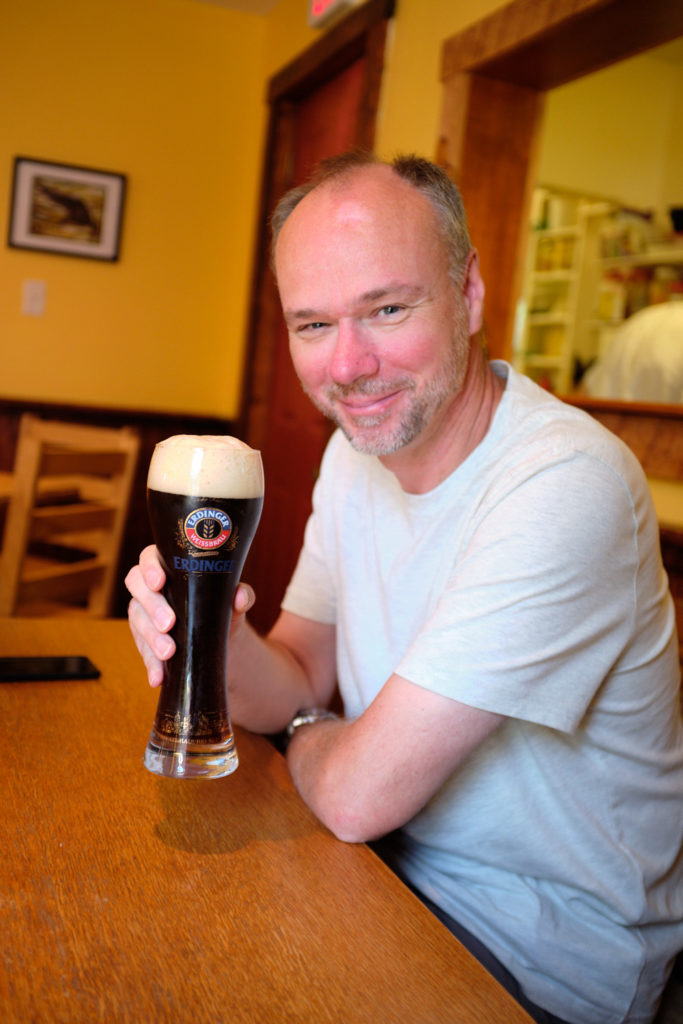
Directly across the street is Fort Anne, a historic fort that, like the fort at Louisbourg, changed hands from French to English several times.
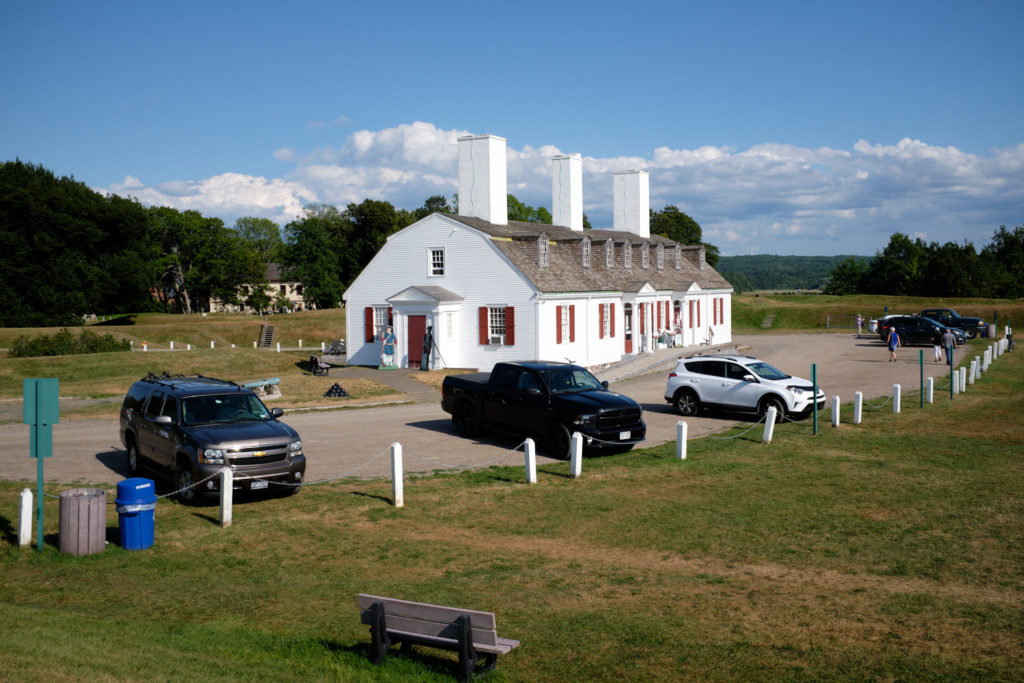
Exhausted, we had to have an afternoon nap in the parking lot by the market square. We liked this spot so much that we decided to stay there for the night as well. We had two choices for the evening program – a grave yard tour at the fort, or a dance performance at the theatre in connection with a four day dance festival. We chose the dance performance which was mostly contemporary, with three sections. The first recalled the collapse of the Quebec-Levis bridge in 1907 where more than 75 iron workers died, the second and third dealt with relationships. It turns out that the first theatre production in Canada took place in what is now Annapolis-Royale.
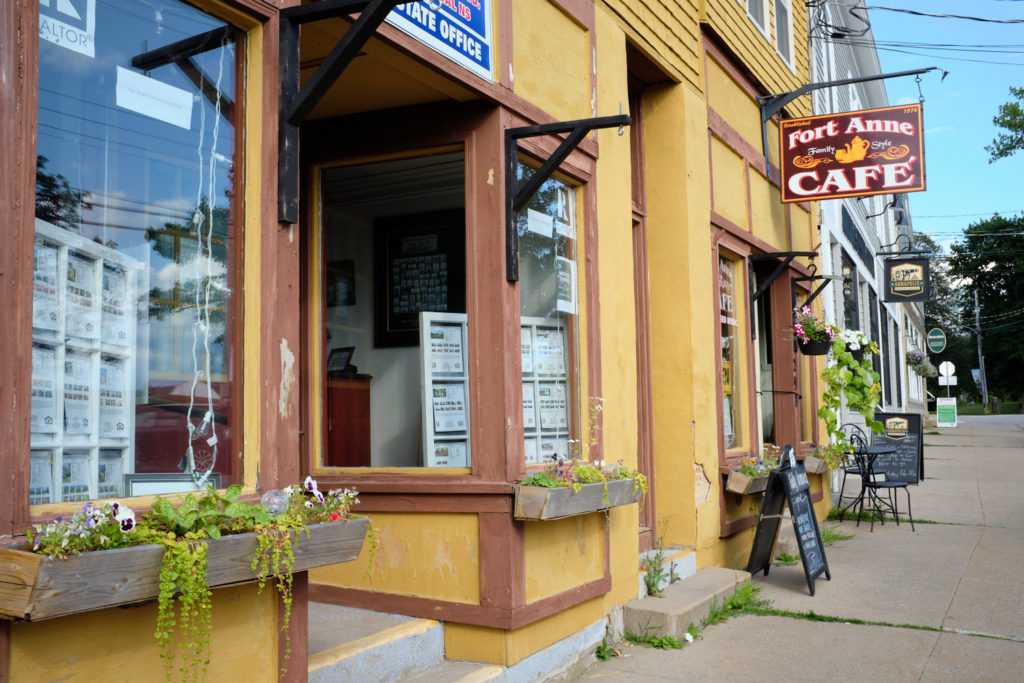
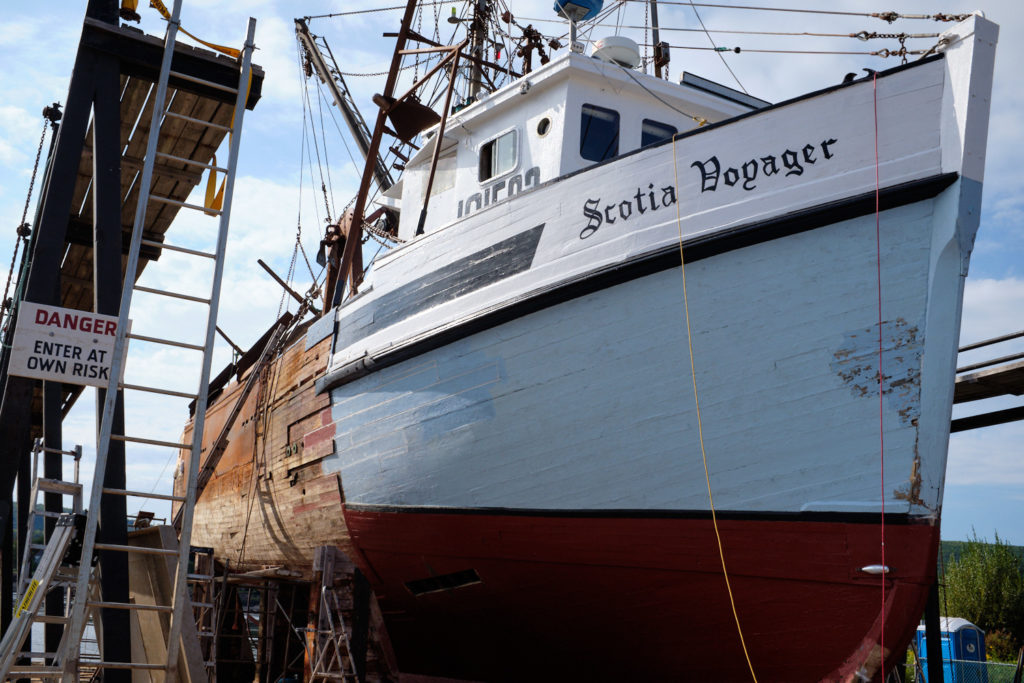
We really liked this small town and will definitely return sometime.
-
Annapolis Royale, NS to Moncton, NB
We left Annapolis Royale at 9:30am but didn’t make it very far before we saw a sign for the visitor’s centre at the tidal power generation station. We watched a short video on the construction of this facility and then Henry, who was involved in the consulting and preparation process during the construction, shared lots of information on how the plant works and its environmental impact or lack thereof.
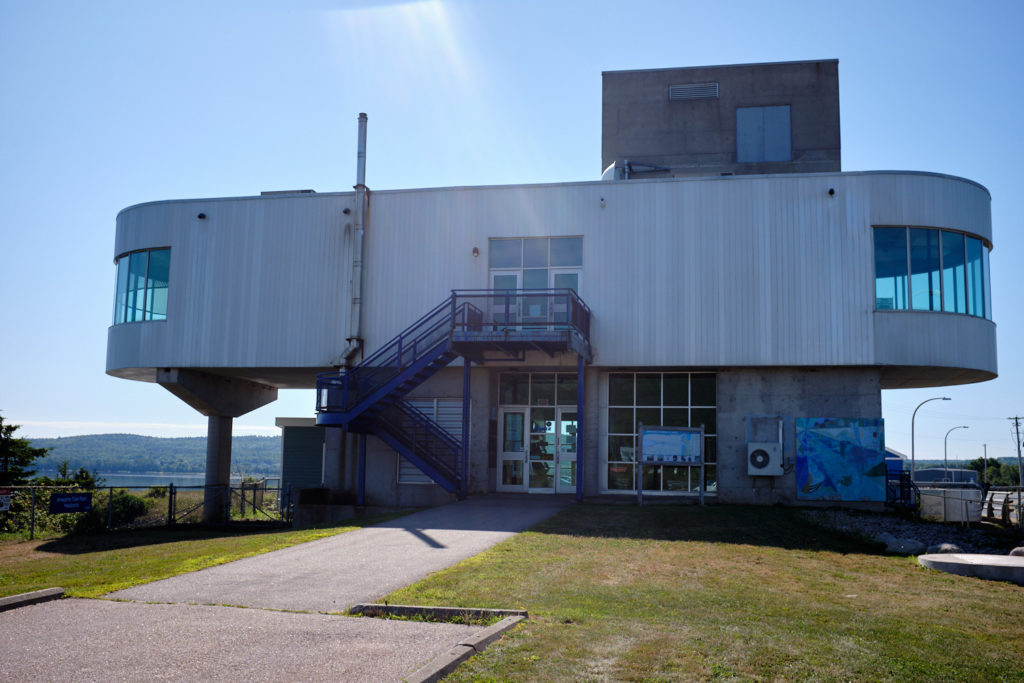
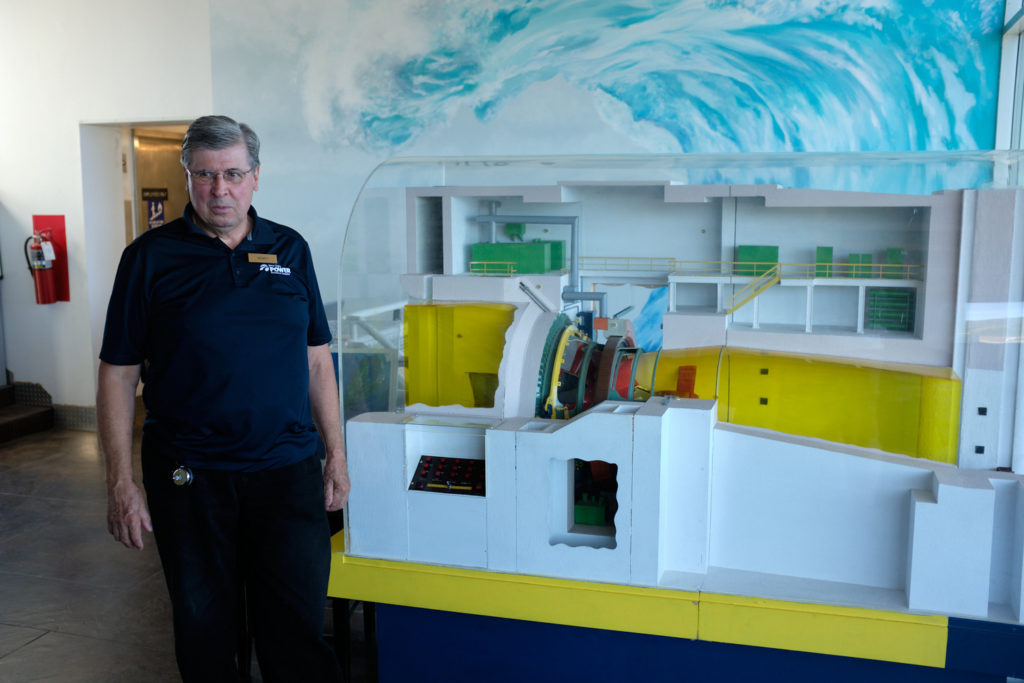
For lunch we cashed in our Subway coupons from yesterday and enjoyed a free meal.
We drove on for quite a while until Wolfville where there are a number of vineyards. We visited the Lightfoot and Wolfville Vinery and were impressed by the elegant building and terrace and the view in the distance. We sampled four white wines and settled for the one we liked best.
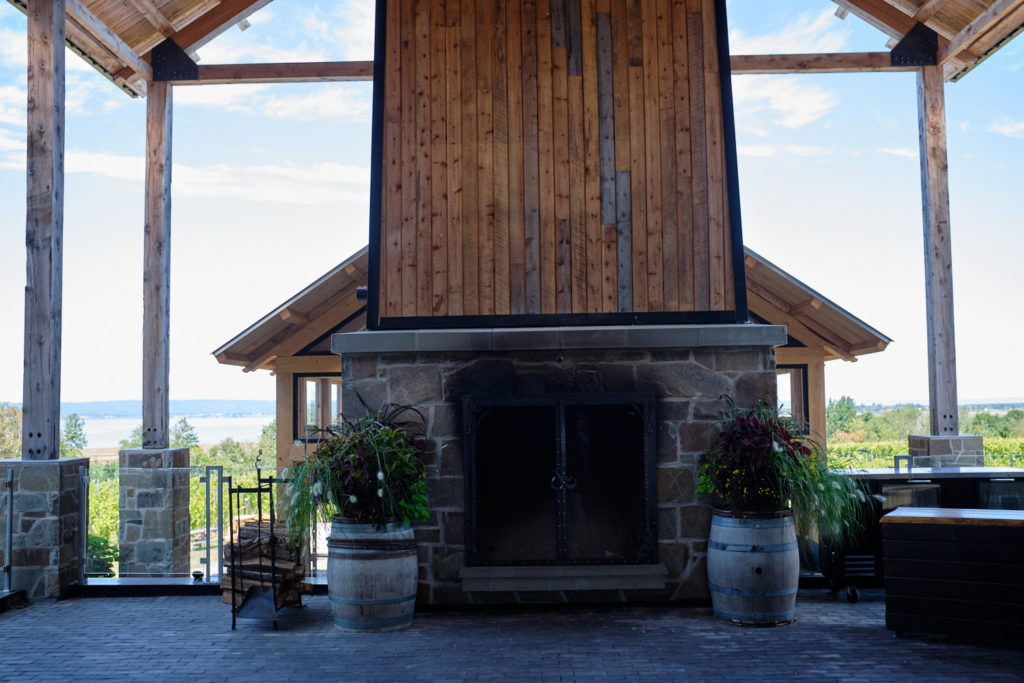
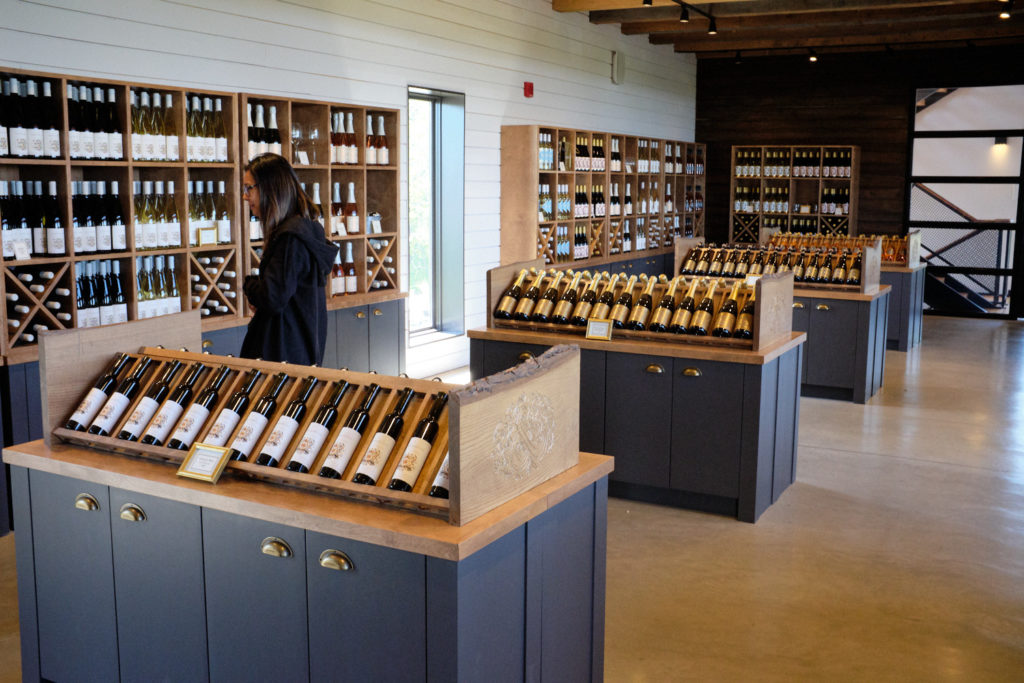
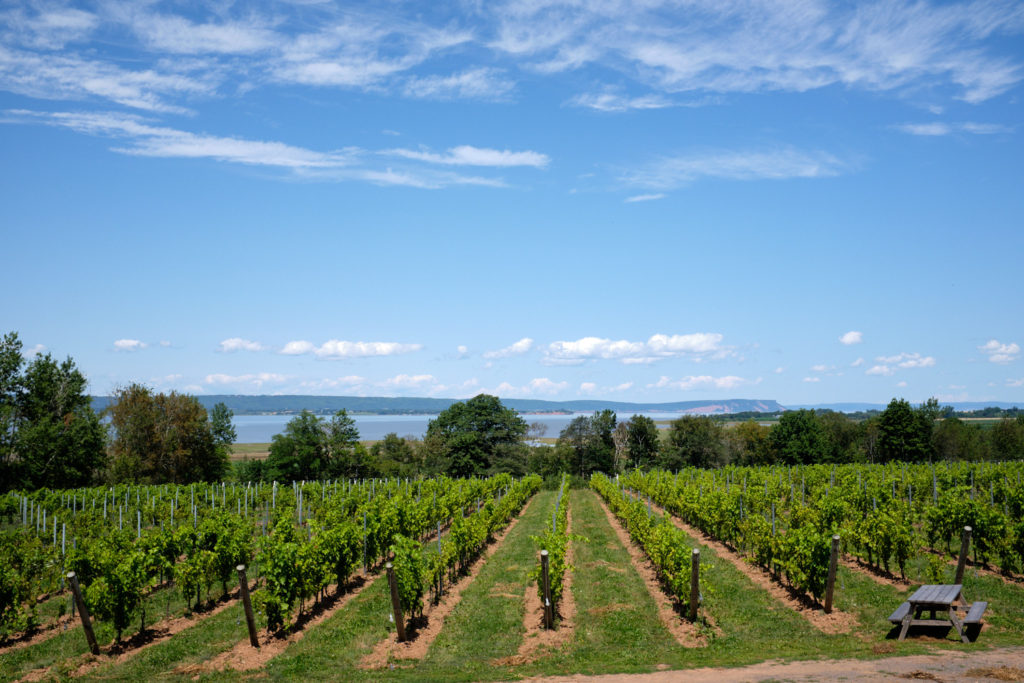
Both of us were kind of tired and not particularly motivated to see another winery, museum, wharf, or heritage site so we decided to say goodbye to Nova Scotia and head back to New Brunswick.
We made to it Moncton where we will be spending the night before continuing on to Fredericton tomorrow.
-
Moncton, NB to Mactaquac, NB
The morning started with a trip to the veterinarian for Pepsi. She was in desperate need of new dog food and the food she is on is only available at veterinarians. The first one we tried had what we needed and Pepsi now has enough food for the next couple of months.
Martin was driving and Ruth was busy looking not only for things to do and see in Fredericton, but also whether there were swimming opportunities in the area. We arrived at the visitor center in Fredericton where we found out that out-of-province tourists can get a free day of parking once every year.
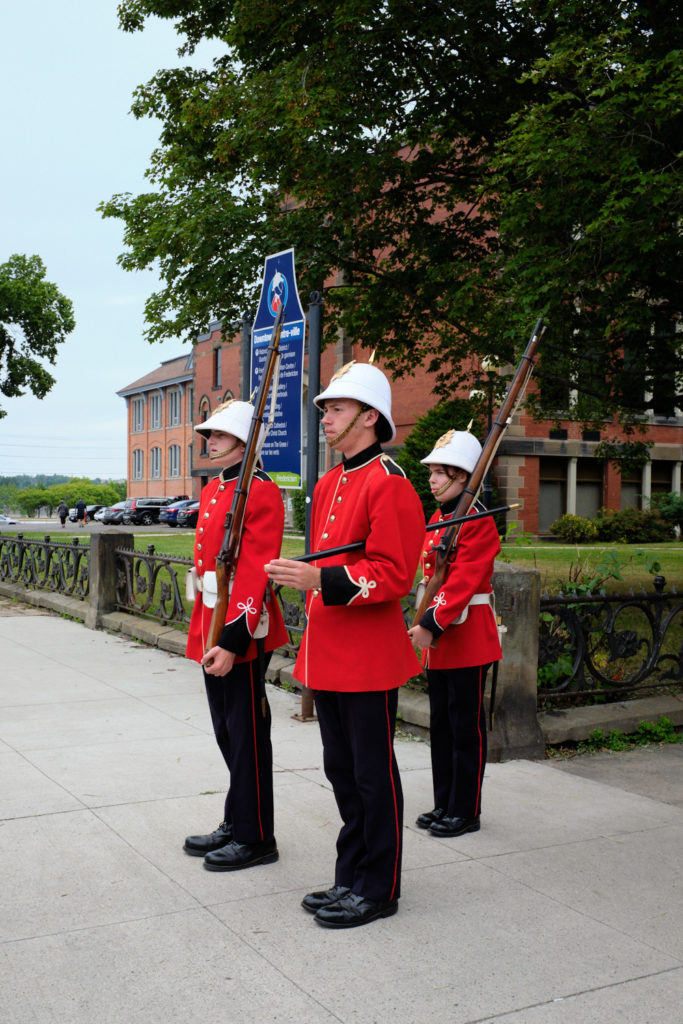
Fredericton gives the impression of a bigger city than its 60,000 inhabitants would suggest. It has attractive architecture for its City Hall and at a nearby historic garrison we saw the quarters of where the soldiers keeping watch could rest. The garrison was always English and there was never a war between the French and English here according to the interpreters who were available for questions, dressed in period costumes. The beds of the soldiers were rather short, not because the soldiers on duty were short, but rather because they were required to keep their feet on the floor at all times during their 24 hour shift, even while resting.
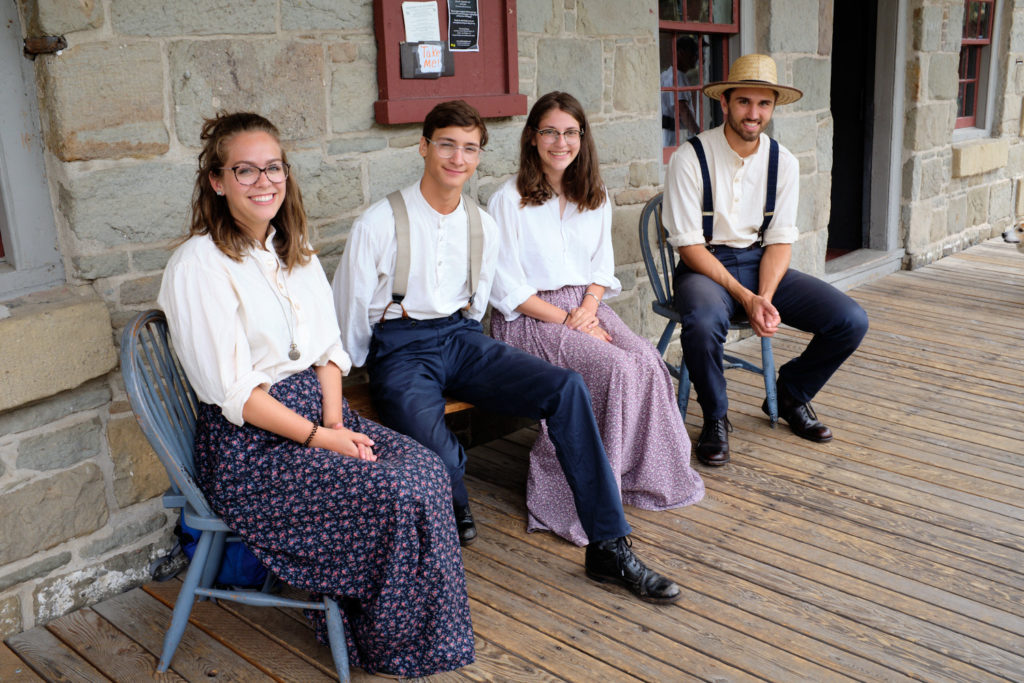

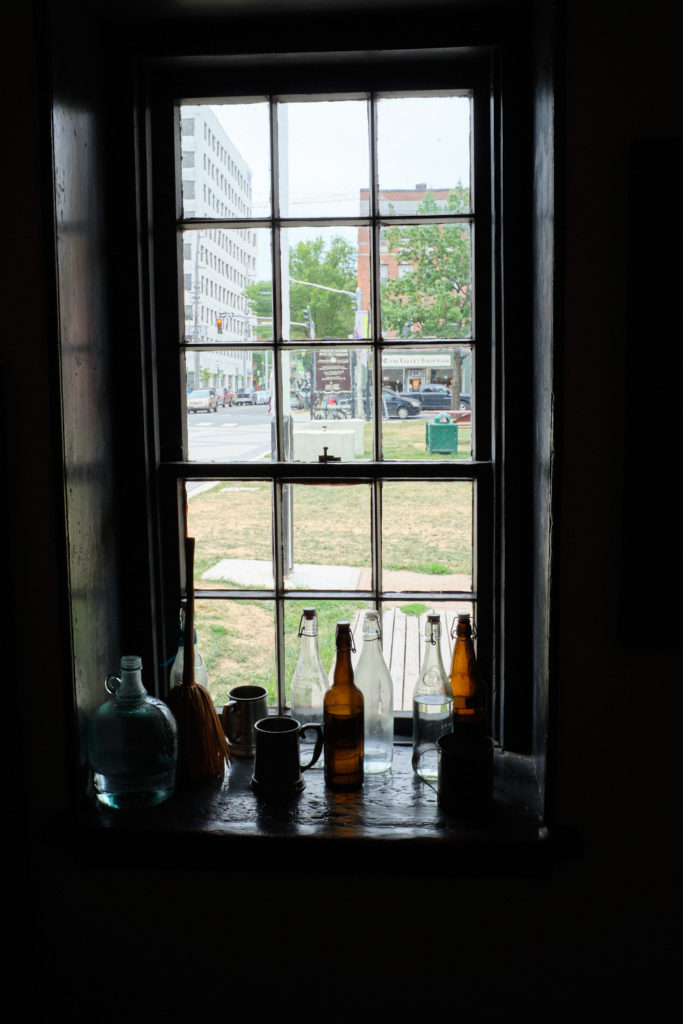
The officer’s quarter had lots of books and ledgers. He was in charge of all correspondence as most of the soldiers where not literate. He kept the fire buckets that were made of leather and insulated with tar which ironically was combustable.
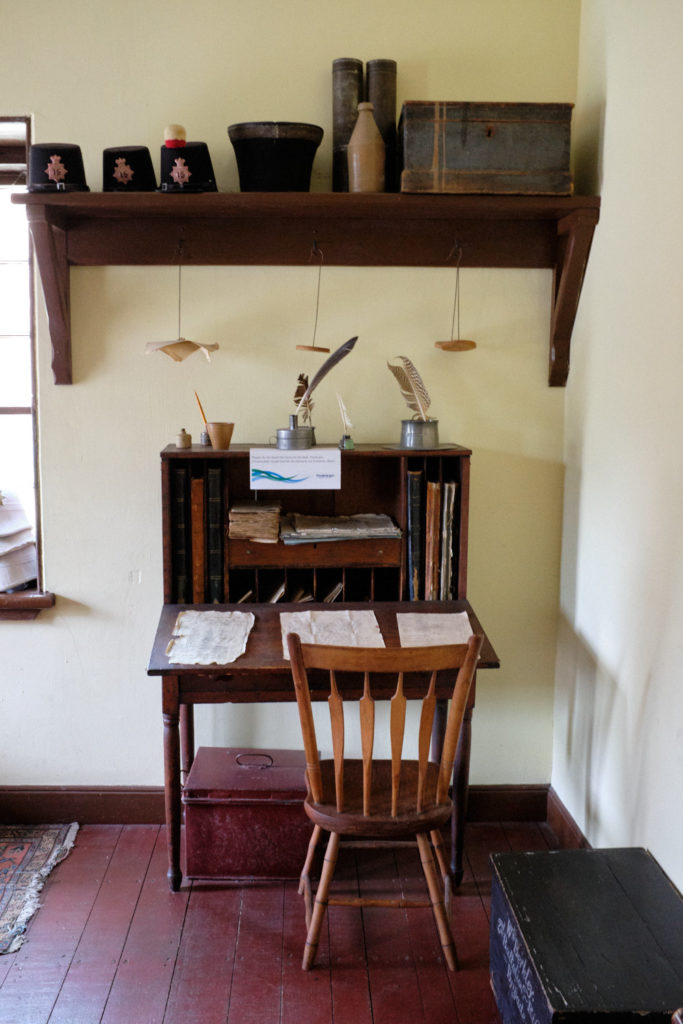
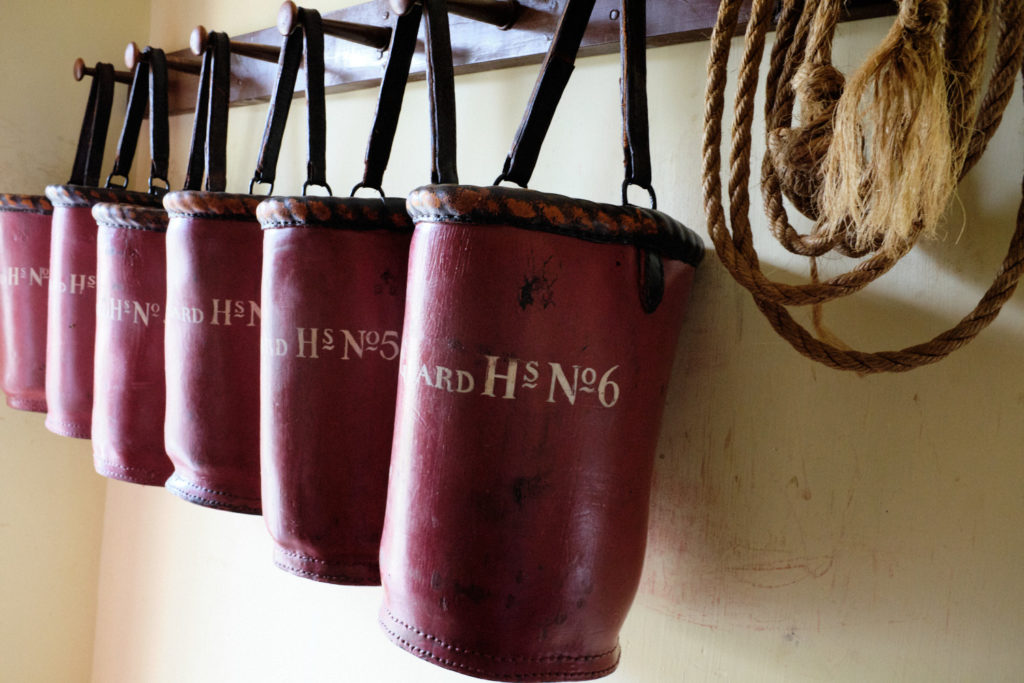
During our walk through the historic downtown area we saw many little shops, pubs and restaurants with international cuisine. We also found Canada’s oldest bike shop.
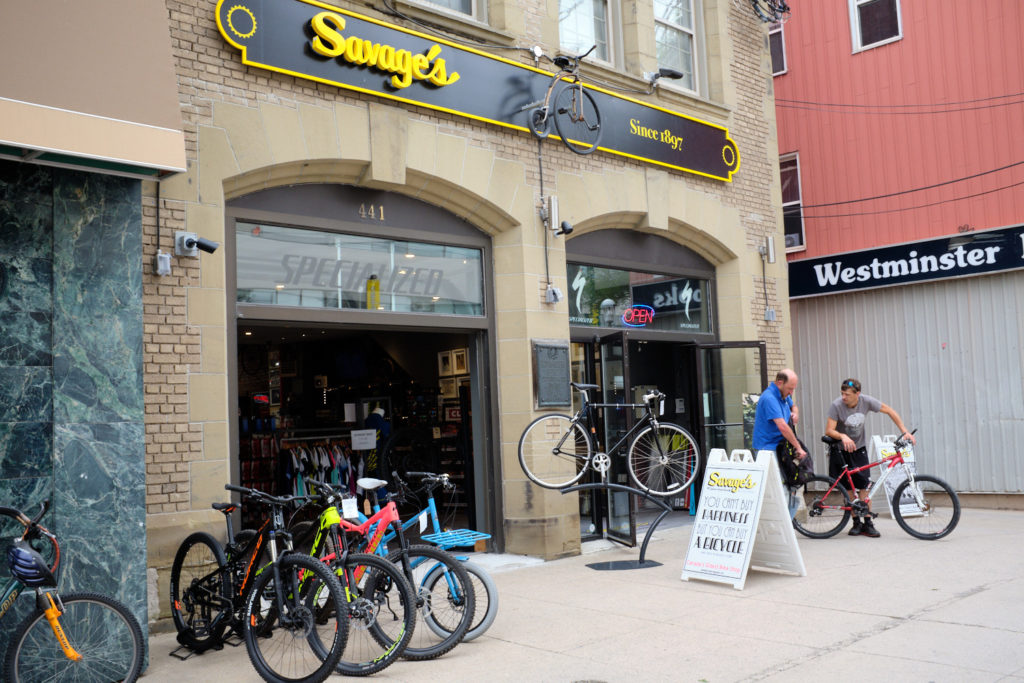
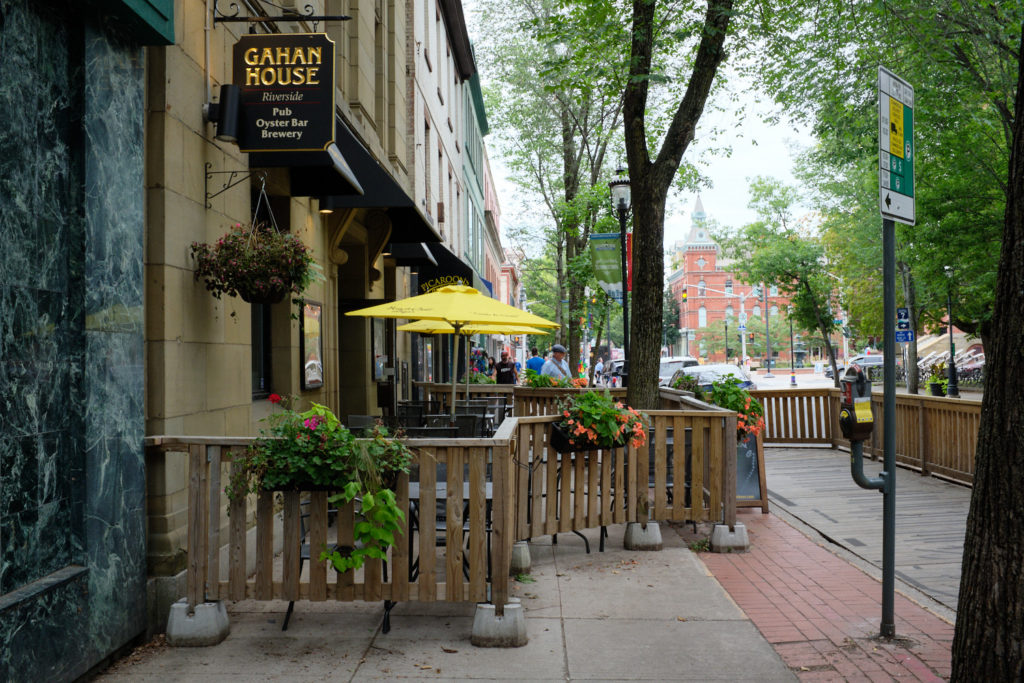
We did not stay for the free guided city tour walk but left for Mactaquac Provincial Park where we have a site on small hill next to a large open area. A nearby beach at the river had signs that it was likely safe to swim but that one should be careful with blue-green algae which can be harmful. We did not swim but had dinner outside and planned our next steps.
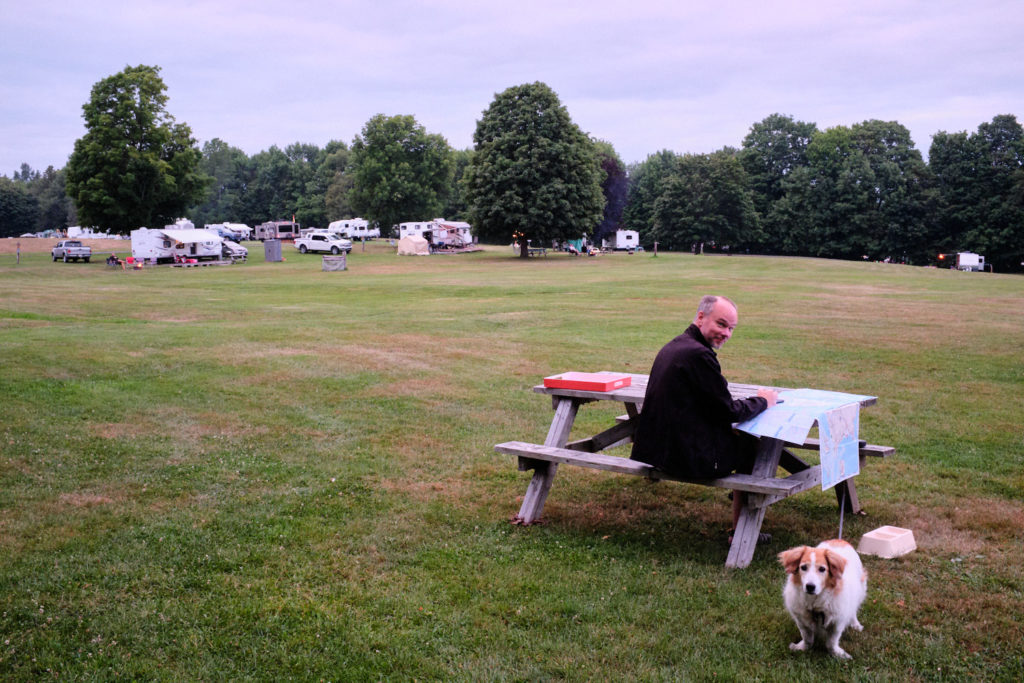
A small green insect kept us company and tried to climb up our tray at the slowest possible speed.
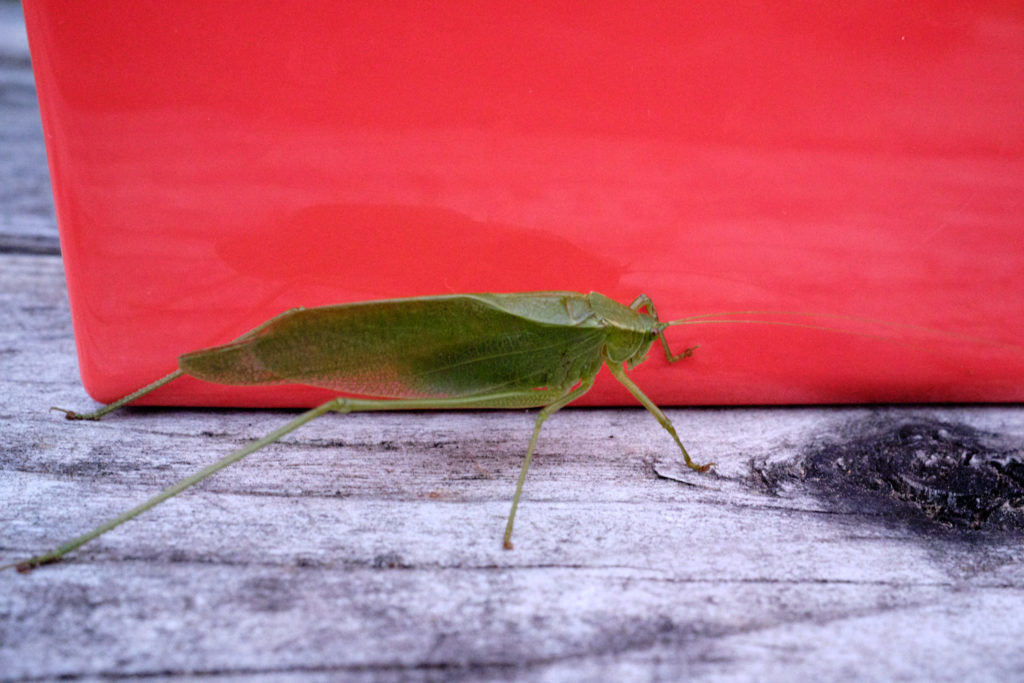
2019 Eastern Canada
- Places
- Canada
- USA
- Alabama
- Alaska
- Arizona
- California
- Colorado
- Florida
- Georgia
- Idaho
- Illinois
- Indiana
- Iowa
- Kansas
- Louisiana
- Michigan
- Minnesota
- Mississippi
- Missouri
- Montana
- Nebraska
- Nevada
- New Mexico
- New York
- North Carolina
- North Dakota
- Ohio
- Oklahoma
- Oregon
- Pennsylvania
- Route 66
- South Carolina
- Texas
- Utah
- Virginia
- Washington
- Wisconsin
- Wyoming
- Trips